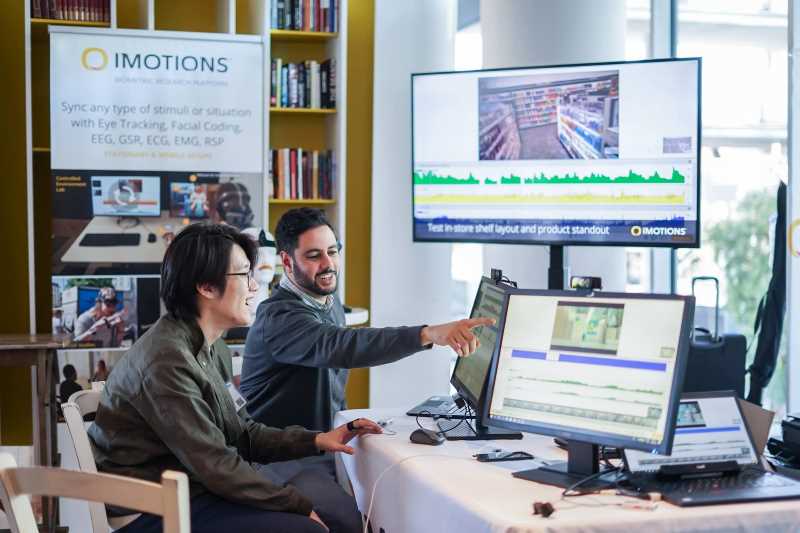Abstract: Learning how architecture impacts human perception can help us understand how civic monuments bring us together or drive us apart, create community cohesion and identity or the reverse: anomie, placelessness and the fragmentation of the public realm. Boston City Hall and Plaza, an urban renewal project from the 1960s, intended to revitalize a historic American city, makes for an excellent case study to see how buildings impact us and in this instance, promote ‘avoidant’ behavior. This pilot study shows the power of one biometric tool, an eye tracker, to quickly reveal how the City Hall architecture does not fit human evolutionary predispositions, implicitly turning people away — and always will.
Related Posts
-

Why Dial Testing Alone Isn’t Enough in Media Testing — How to Build on It for Better Results
Consumer Insights
-

Tracking Emotional Engagement in Audience Measurement is Critical for Industry Success
Consumer Insights
-

How Real-Time Audience Intelligence Is Revolutionizing Modern Advertising
Consumer Insights
-

The Uncanny Valley And Designing Trust in Human-Robot Interaction
Academia



